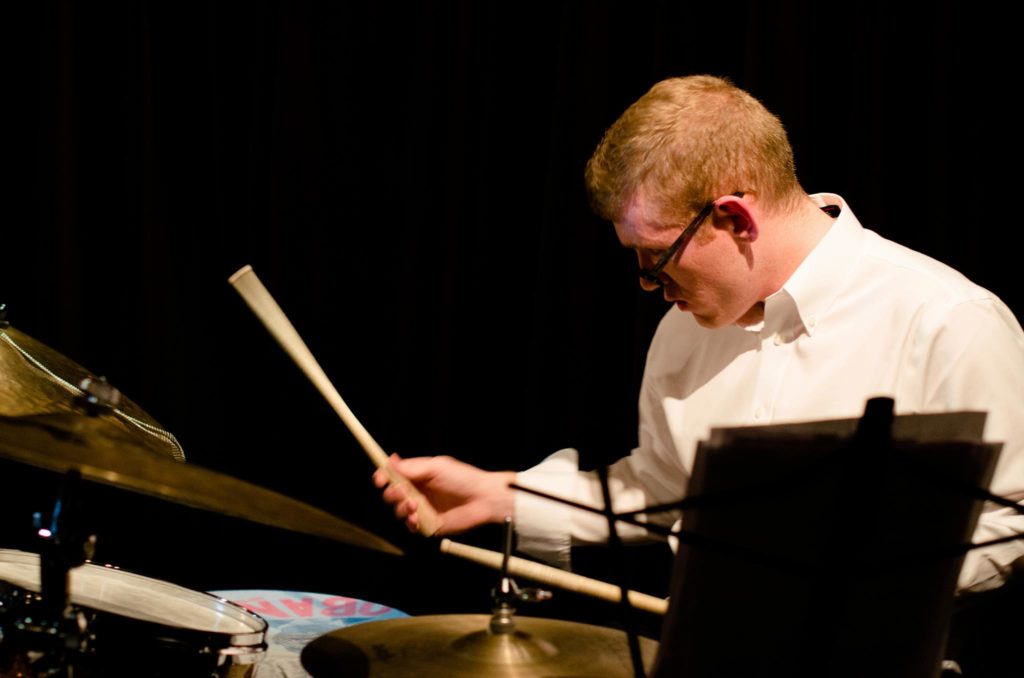
Mirror neurons are related to emotional processing and regulate their own activities when someone does a specific motor action or they see someone doing the same action. The second states that the process revolves around left fronto-parietal network experience, which may be related to the mirror neuron system. The first level states that emotional processing is limited to the limbic system and controlled by temporal regulation in music. There are two common processing levels in most emotional reactions to music. Brain areas including the amygdala, nucleus accumbens, and the cerebellum are thought to be related to emotional processing. Music makes us feel an endless variety of emotions and discover more about ourselves and the world around us. Įmotion is another important aspect of music. These processes involve multiple parts of the brain including the cerebellum, motor cortex, sensory cortex, and visual cortex. During a musical performance, an artist may sing, read, and dance to music all in one show. We must integrate multiple senses when interacting with music, including sight and hearing. This is corroborated by the different aspects of a song or musical performance. It is theorized that our brain uses multiple areas instead of being strictly modular when processing and interacting with music. Recently, ideas of how the brain processes external auditory stimuli, like music, has become more complex. As a result of advances in neuroimaging and other technology, neuroscientists are learning more everyday about how our brains understand the world around us. Visual processing demonstrates this association in which the primary area in the brain to process visual stimuli is the occipital lobe. Each area is associated with a particular process or function. Over the years, neuroscientists have discovered that the brain is modular, the idea that our brains are divided into specific and specialized areas.

This goes far beyond basic audition and sound processing. Furthermore, while music in its simplest form is sound, we do much more than listen to music: we experience and create it. There are several areas of the brain involved in processing sound.

Once this information reaches our brains, it gets more complex. The cochlea connects to the auditory nerve, which sends the auditory information to our brain.

These vibrations eventually reach the cochlea. This causes the membrane to vibrate, which in turn vibrates a group of bones called ossicles. From there, the waves enter the ear canal until they reach the tympanic membrane. Sound waves travel through the air and interact with the auricle, the external fleshy part of our ear. Our ears are able to transduce sound via a process called audition. While simple in nature, music involves rather complex brain processes and could be a key component in future mental health practices. In order to interact with music, we must use multiple brain systems. The flexibility of music is reflected in the way our brains process music. Music is even being used to treat mental illnesses. We use music to express emotions, tell stories, and create magical moments.

While music is primarily consumed through listening, it is also a written language that can be read and sung. Music can be expressed in a variety of different ways. However, the simplicity of music contributes to the complexity of human experience. The key word here is "sounds" - when you strip every genre of its layers of fancy production, music is merely sounds. Live music is defined as “sounds that are sung by voices or played as musical instruments”. In science, we take a more pragmatic route when it comes to understanding music. It allows people to express themselves when all other forms of communication fail. According to Leo Tolstoy, “music is the shorthand of emotion”. What is music? The meaning of music can vary between people.


 0 kommentar(er)
0 kommentar(er)
